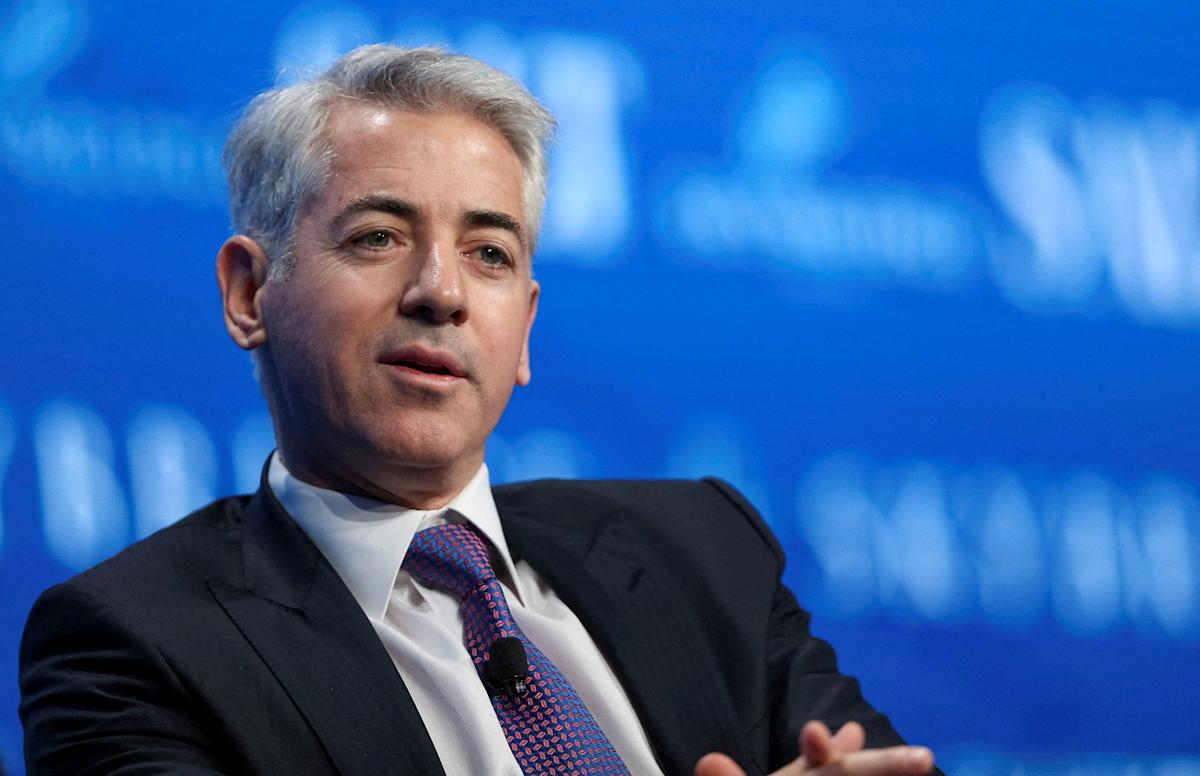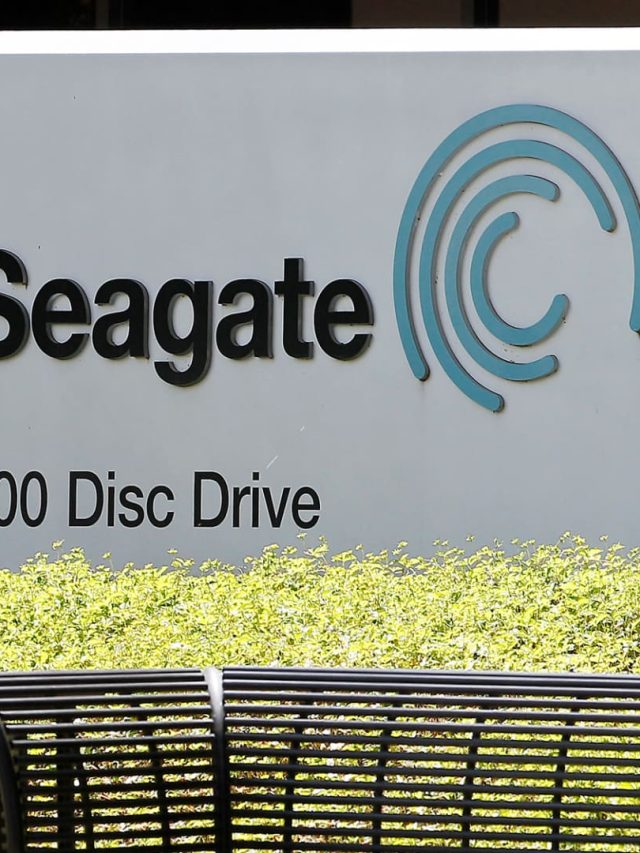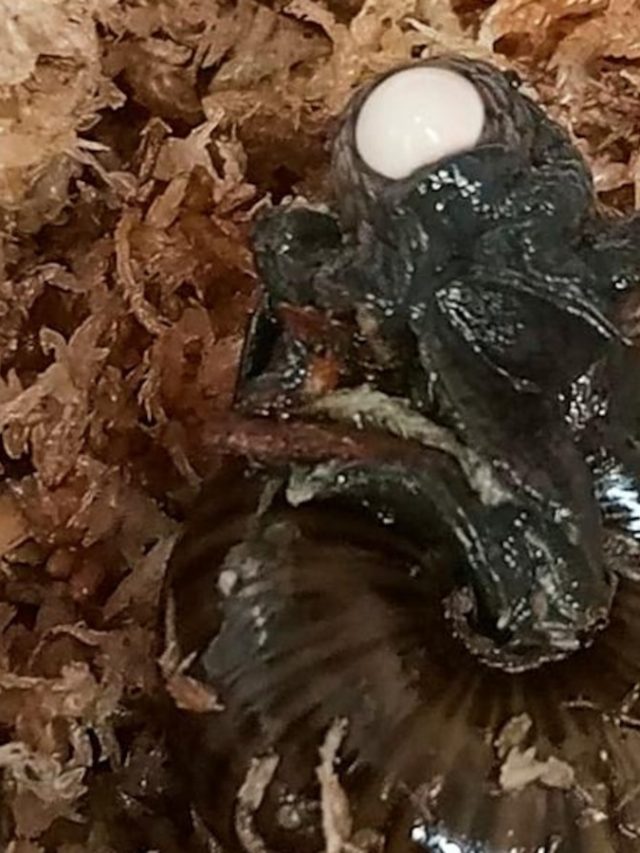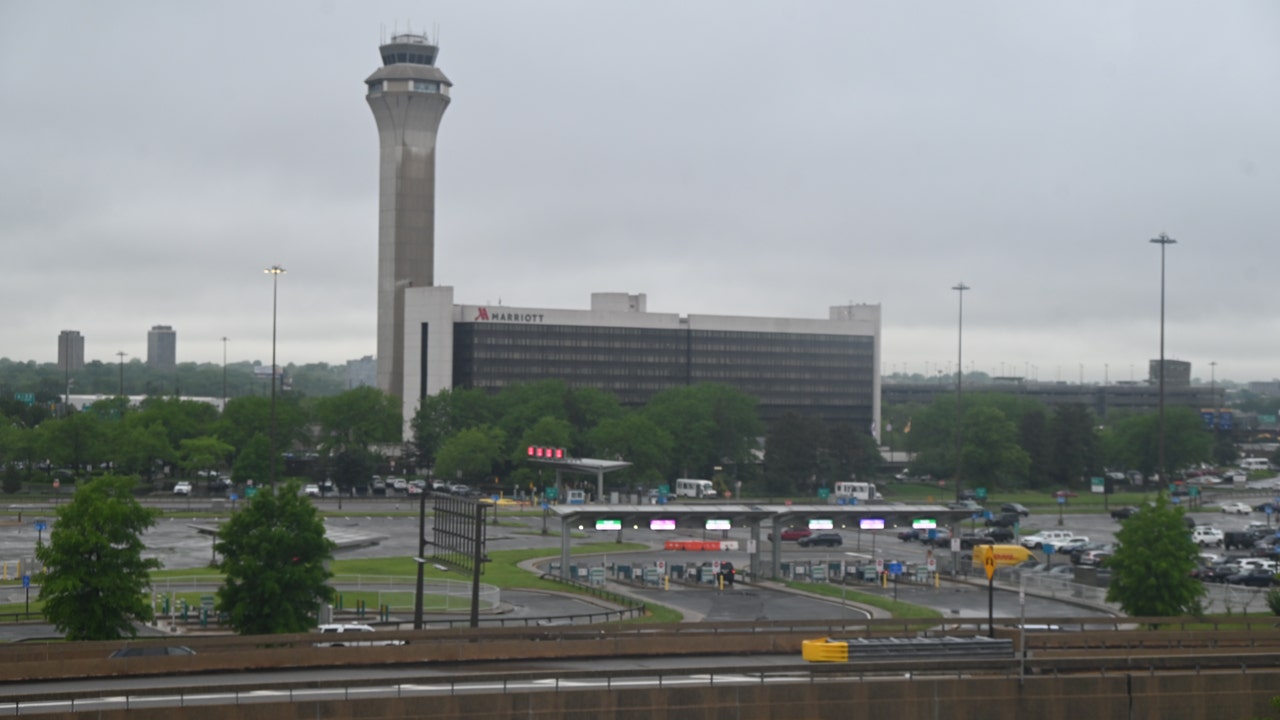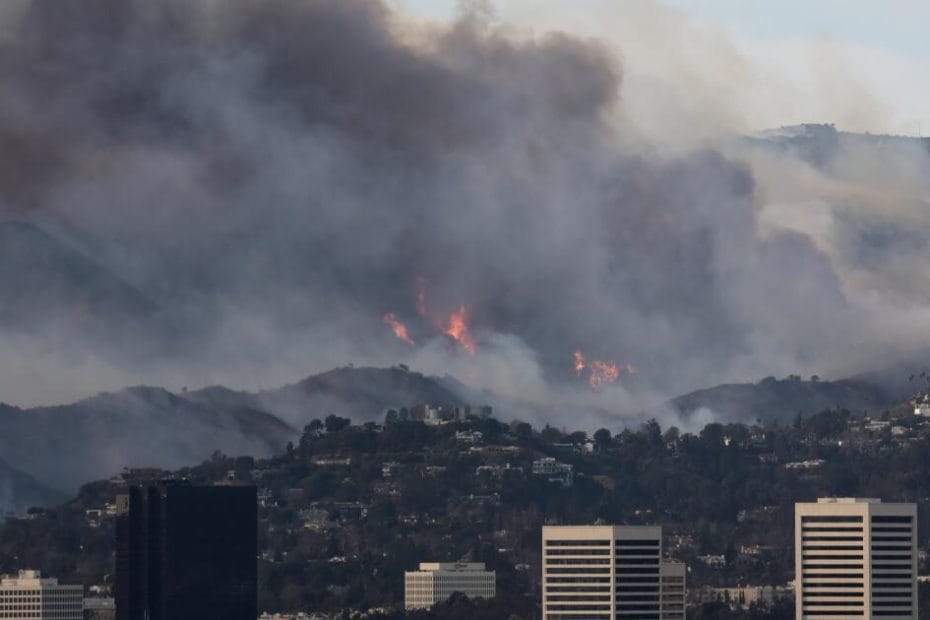Tips for finding the best air purifier to protect against smoke from Los Angeles fires

As buildings and shrubbery continue to smolder in Los Angeles, a toxic soup of smoke, chemicals and particulate matter is being spread across the region by strong winds, prompting a surge in interest in air-purifying devices.
According to Google Trends, web searches for “air purifiers for wildfire smoke” in Los Angeles have increased by more than 5,000% since the fires began.
But what kind of air purifier should residents buy? How can they best take advantage of it? Here's what air quality experts have to say.
Cheap doesn't mean bad
The good news is Angelenos don't have to spend much to purchase these purification devices—the cost ranges from $50 to $1,200.
“There are a lot of fancy air purification systems out there, but to remove particulate matter from smoke, any fan and filter will work,” said Luke Montross, assistant professor of environmental and radiological health sciences at Colorado State University.
This includes homemade air purification units made from box fans and HVAC particulate air filters, he said.
Montrose says these homemade purification boxes are very effective and cost-effective, but he warns they can be easily damaged by pets or small children. If possible, he recommends investing in an air purifier.
HEPA for filtration, carbon for cleaning
Dr. Afif El-Hasan, asthma and air quality specialist at Kaiser Permanente in Orange County, recommends people affected by wildfires purchase HEPA-certified air purifiers with carbon filters.
According to the U.S. Environmental Protection Agency, HEPA units (which stands for High Efficiency Particulate Air) can filter 99.97% of air particles 0.3 microns or larger. That works well at filtering out ash particles from recent wildfires, Hassan said, but it won't remove chemicals from the air.
“I prefer an air purifier that not only filters the air but purifies the air, and the way it purifies the air is if it also has a carbon filter,” he said. “Fires produce a lot of harmful chemicals because these fires are burning homes that have plastic, metal, paint and drywall.”
El-Hassan recommends that people pay attention to two additional factors when purchasing a purifier: the footprint of the purifier and the cost of replacing the filter.
Cheap air filters and expensive replacement filters aren't as cheap as they look, he says, as are affordable devices that only effectively filter half a room.
Create a clean air space
Another piece of advice is to focus on maintaining air-cleaning areas rather than air-cleaning the entire house.
“Try to create a fresh-aired space in your house,” says Montrose. “If you have a 5,000-square-foot house, supplementing air purification throughout the house is a fool's errand.”
Hassan agrees, saying it's best to place the filter in the one or two rooms where you spend the most time, such as your office or bedroom, with doors and windows closed. It's also a good idea to place an air filter next to the door, where pollutants, ash and other harmful materials from the outside can get in, he said.
Finally, it is also important to change the filter regularly to ensure the purifier is running efficiently.
Many devices will have a built-in timer and turn the light on when a new filter is due. However, El-Hassan said that during periods of high air pollution — such as the wildfires Los Angeles is currently experiencing — filters can age faster.
An easy way to check the condition of your filter is with a visual inspection. If it looks dirty and dark, it's time to replace it, he said. He adds that now is also a good time to check the condition of the air filter in your central heating and cooling system.
Assess your risk
The importance of all of these recommendations depends on a person's health and whether they are exposed to poor quality air.
“The people most at risk are the very young, the very old, those who are pregnant or breastfeeding, and those with comorbidities such as asthma and chronic obstructive pulmonary disease,” Montrose said.
Air quality can vary greatly from day to day due to changing wind directions and fires in different locations. Montrose recommended residents use resources such as AirNow.Gov and PurpleAir's live maps to monitor local conditions.
